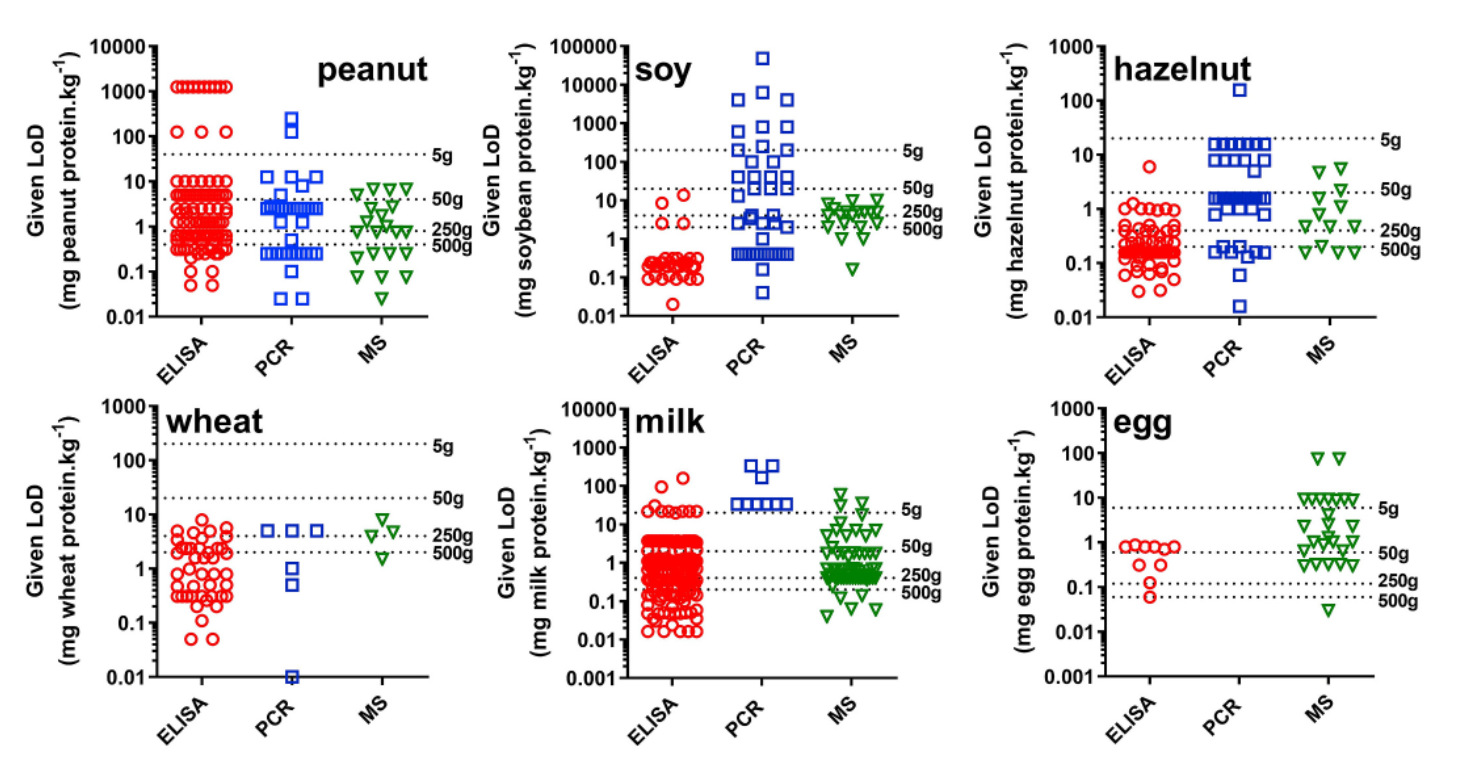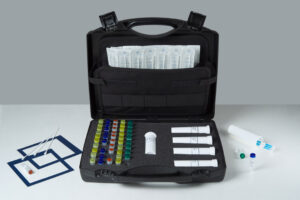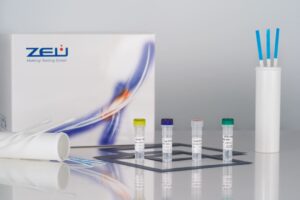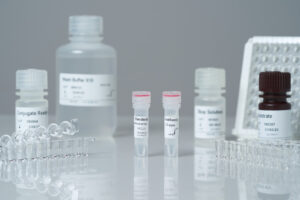
Comparison of the different analytical methods for allergens in food
09 Mar 2021Food allergies are caused by one or more proteins in food. Consequently, whenever possible, it is best to choose a direct, specific method that detects that allergenic protein; unequivocally identifying the specific presence of that target protein in the sample to be analysed, and differentiating it from other compounds.
Using non-specific, indirect methods represents a very high risk in the self-control plan of a food company. Thus, measuring total protein or ATP provides only a general indicator of the cleanliness of the production line.
There are 3 general method types to test for allergens in food, with each having different advantages and applications:
- Immunoassays (ELISA and rapid strip tests): These are simple tests easily applied in the industry because the necessary technical qualification is low and they do not require expensive equipment. Their great advantage is that they are direct and specific and based on detecting the allergenic protein by means of a specific antibody. These methods are most recommended for industry and analysis laboratories as long as there is a standardised kit.
- Molecular techniques (PCR): These are more complex tests, which require greater technical qualification and more expensive equipment. They are specific, but indirect; as they are based on identifying the gene that codes for the allergenic protein. They are suitable in cases where commercial immunochemical tests are not available or when the sample undergoes severe heat treatment.
- Chromatography techniques with mass spectroscopy (LC-MS): This requires highly expensive instrumentation and specialist personnel with experience. They are direct and specific, and are based on specifically detecting peptides of the allergenic protein by mass spectroscopy. They are suitable as confirmatory methods and for standardisation of reference methods.
A very helpful scientific work was recently published comparing these 3 methodologies. The authors studied the correspondence between detection limits for the 3 methodologies and the reference doses of the VITAL 2.0 program. This program offers food manufacturers a reference level framework based on clinical risk analysis. The results of this article show that overall, immunochemical methods achieve the best detection levels and would therefore be the most suitable for self-monitoring at critical points.

At ZEULAB we develop immunochemical tests adapted for the analysis of allergens in food and work surfaces that meet the sensitivity and specificity requirements of the VITAL program.
The PROTEON Express tests are designed to perform a simple test with all the material included in the kit. Lab2Go lets you use these tests where and whenever necessary.
Our extensive experience in allergen analysis means we can help the food industry and laboratories implement the most appropriate methodology. Contact us for any help you need







